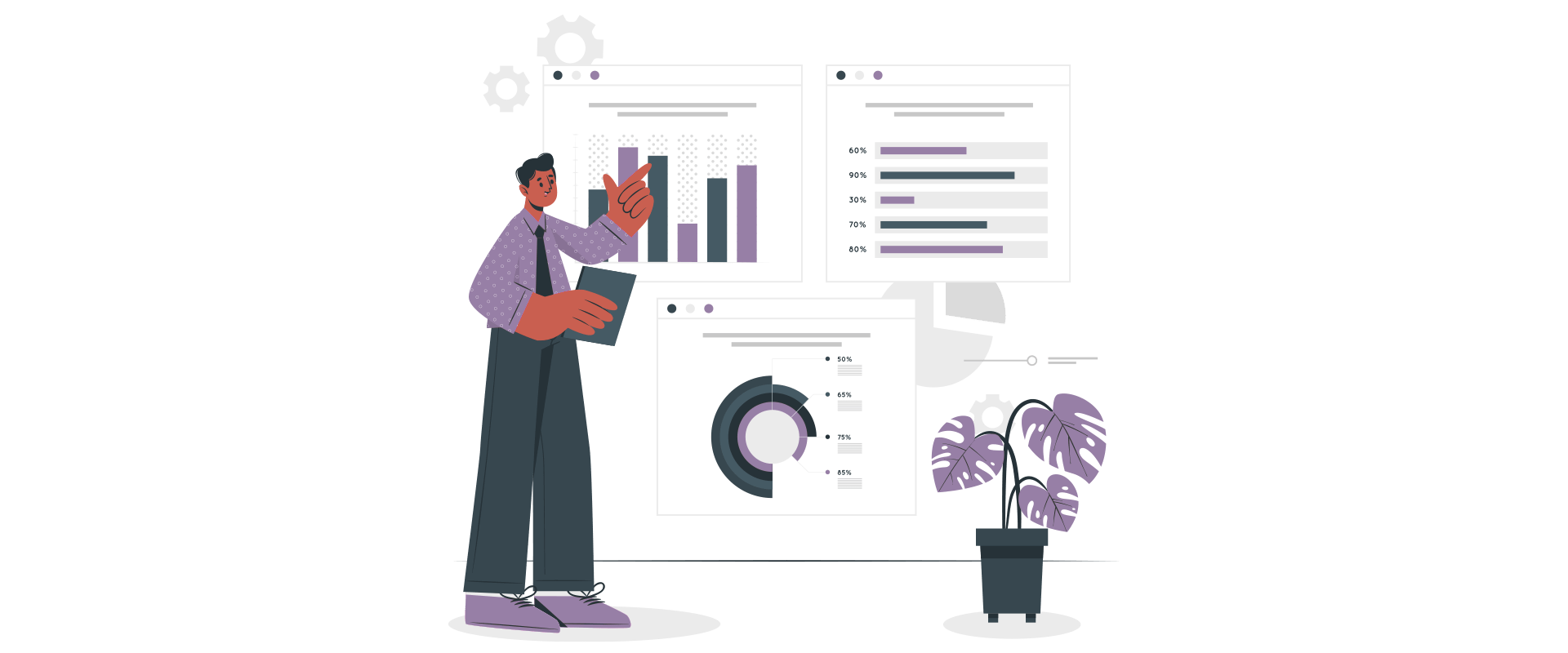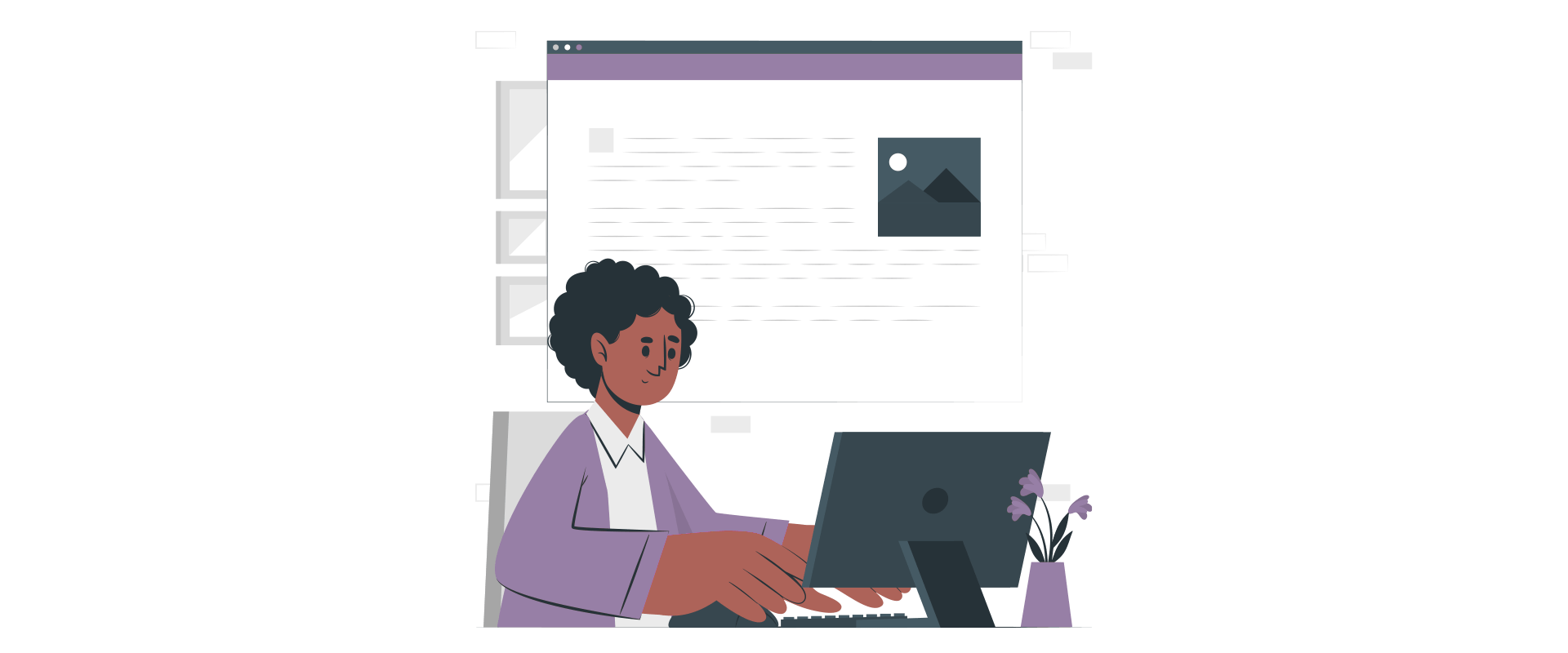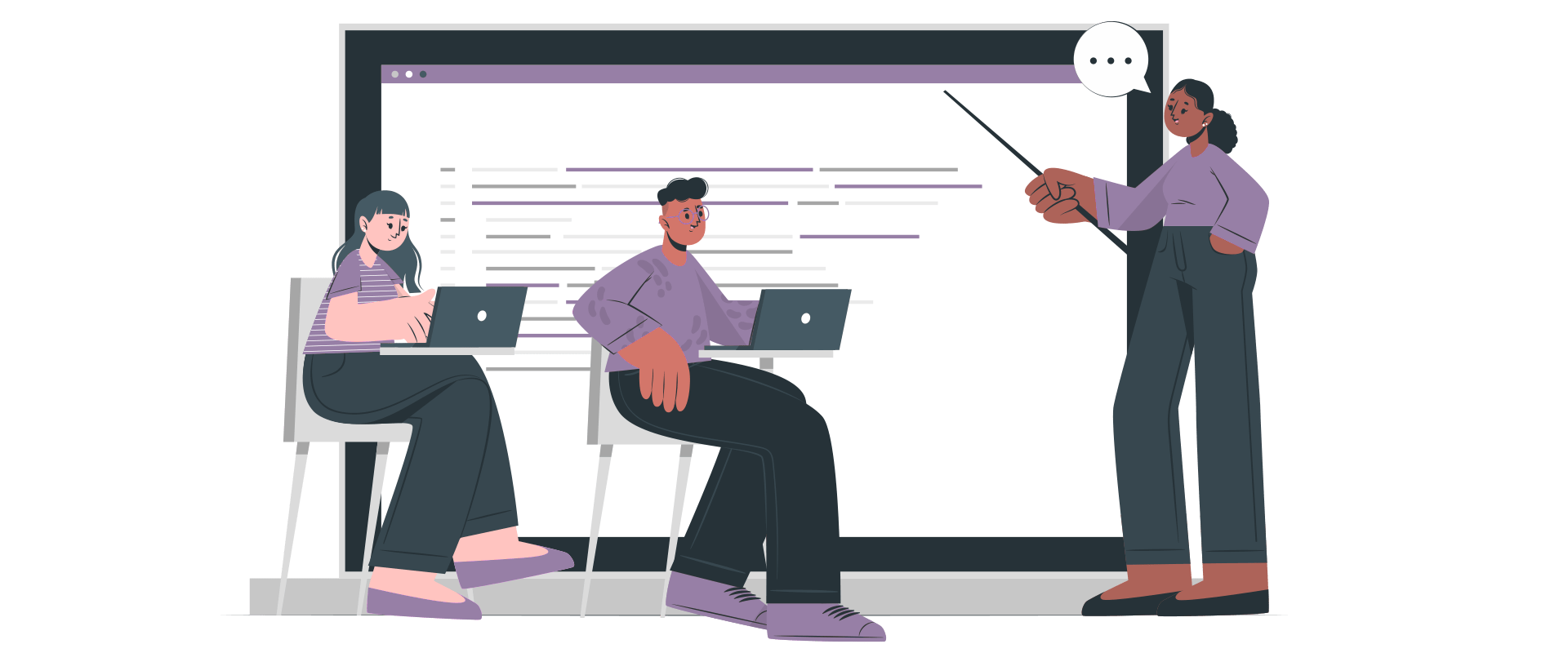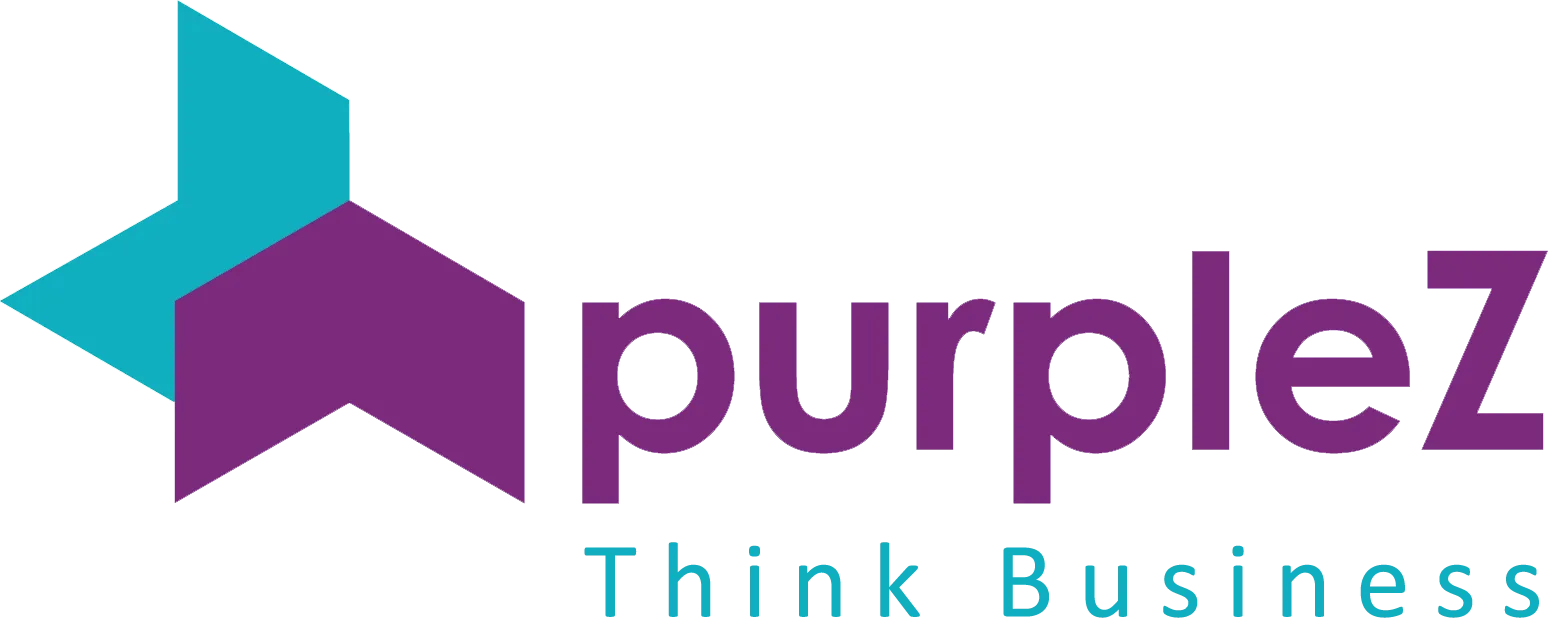In today’s SEO landscape, it’s more important than ever for you to have a solid on-page SEO strategy. However, if you want to stay ahead of the curve, you need to ensure that your site is optimized with these important elements. Here’s the ultimate on page seo checklist by PurpleZ to get you started.
Key On-Page Ranking Factors
Here are the top ranking factors for Onpage SEO:

Keyword Usage
You can only optimize for a keyword if you use it in your content. It’s that simple. Ensure you’re using your target keywords at least once per 100 words and preferably more often than that, especially in headings and subheadings with more weight.
Content-Length
The longer, the better for on-page SEO because long-form content ranks higher than short text snippets (like those found in listicles). However, if you only have time or resources for shorter posts, make sure they are still filled with valuable information before publishing them online!
Internal Linking
One of the most effective ways of improving user experience while boosting rankings is by strategically linking outwards from some pages within your site so users can easily find other relevant pages related to what they’re reading right now (a technique known as internal linking).
Preparing Your Content for On page SEO Checklist
Preparing your content is the first step to on-page SEO checklist. It’s also the most important because it will determine how well your page ranks in search results. This guide section will cover keyword research strategies and content structure optimization.

Research Strategies
Keywords are words or phrases people search for when looking for something online. When you’re writing a blog post or creating any other type of content for your website, it’s important that you choose keywords related to the topic at hand–and not just any old words that might come up in Google’s autocomplete feature (which isn’t always accurate).
Content Structure Optimization
A properly structured website gives visitors what they want right away when they arrive at its homepage; this means having an intuitive layout that guides users through each page link until they reach their desired destination–like buying something from Amazon or getting directions home after work!
HTML Tags Optimization
In addition to on-page optimization, you’ll want to ensure your HTML tags are optimized. This includes the title tag, meta description (or meta keywords), and other elements like alt tags.
Title Tag Best Practices
The title tag should be descriptive and unique for each website page. It should also include keywords related to that page’s content so that search engines can easily identify what the page is about when they crawl it.
Meta Description Best Practices
A summary of what your page is about that will appear in search engine results pages (SERPs). You should use this space wisely because it has been shown over time that these snippets are important in how people click through on SERPs!
URL Structure and Permalinks
The URL structure of your website is a critical part of the user experience. Users rely on clean URLs to find what they’re looking for, and search engines use them to indicate whether your site has been optimized for SEO.
You must make sure your URLs are easy to read and understand by humans but also that they follow best practices so that Google knows how to interpret them.
Header Tags Optimization
Keeping your header tags short but short enough is a good practice. If a header tag is too long, it can be difficult for search engines (and visitors) to read. This is because the text will wrap around the side of their browser window, making it harder for them to see what’s happening in other areas of your site.
H1 tags are typically used for site-wide content such as an About Us or Services page; H2 tags should be used for subheadings within those sections; H3 tags may also be used if you have more than two levels of headings within one section of your website.
Image Optimization
Alt tags are the most important way to optimize images on your site.
They allow search engines and people with disabilities to understand what’s in your picture, which can help you rank higher and drive more traffic.
Image sitemaps are another great way to tell Google what images exist on your website, so it knows that they’re there and where they’re located within their respective pages (e.g., “this image is on this page”).
Image title tags should also be used as much as possible–they’re yet another signal for Google that helps determine what kind of content a given image represents and whether it’s relevant for users searching for certain keywords related to it (e.g., “Our team” vs. “Our process”).
Internal Linking Strategies
Internal linking strategies are a key part of on page SEO checklist.

A logical link structure can help you improve the user experience, while utilizing anchor text effectively can help increase rankings in certain industries.
Here are some internal linking strategies to consider:
- Create a logical link structure. This goal is to make it easy for users and search engines alike to navigate through your site content by creating clear pathways from one page to the next. You want each page on your site (or section) to have only one destination URL and no more than two destination URLs, with one being the homepage or landing page (if applicable).
- Utilize anchor text effectively to boost organic traffic from targeted keywords in specific niches/industries where competition may be high. However, there’s still room for growth at lower levels due to low competition within those niches/industries.
User Experience and On Page SEO Checklist
User experience is more important than ever. User experience is a vital part of SEO and is one of the most important aspects of your site’s performance. The user experience is also crucial in mobile search, voice search, social media, and email marketing!
If you’re not sure how to improve your user experience on your website, we have an easy-to-follow checklist that will help you do just that:
Schema Markup Implementation
Schema markup is an HTML tag that can add information about your website’s content to search engines.

This helps search engines understand what type of page you are displaying, which can improve how it ranks in SERPs. There are three main types of schema:
- Microdata – Used for product pages, events, recipes, and more!
- Social Media Cards – Used for social media profiles like Facebook or Twitter (this includes Open Graph tags).
- Video Search Results – Used to show video thumbnails in search results instead of just text links (this includes YouTube videos).
Monitoring and Analytics
It would help if you were using Google Analytics and Google Search Console.
Google Analytics will show you how many people are visiting your website and what they’re doing there, including which pages they’ve viewed and which content they’ve consumed. It also gives you information on conversions (e.g., when someone clicks on an advert) and whether or not search engines like Google or Bing referred those visitors.
The Search Console helps you manage your website’s performance in search results by providing insights into how well it ranks for various keywords or phrases that people enter into the search engine when looking for something similar to what you offer on your site (called “keyword research”). It also lets you know if any errors have been reported about those searches–for example, if someone searched for “blue shoes” but got redirected to another webpage altogether because of some technical issue with the web server hosting both pages at once!
FAQs
What Are the Key Elements of the On-Page SEO Checklist for 2024?
The checklist includes optimizing meta titles and descriptions, using descriptive URLs, focusing on user intent, incorporating multimedia, ensuring mobile responsiveness, improving page speed, and utilizing schema markup for rich snippets.
How Important Are Meta Titles and Descriptions in On-Page SEO?
Extremely important. Meta titles and descriptions provide concise information about a page’s content to both users and search engines. Crafting compelling and relevant meta tags can significantly impact click-through rates and rankings.
Why Is User Intent Crucial for On-Page SEO in 2024?
Search engines aim to deliver the most relevant results to users. Aligning your content with user intent ensures that your pages fulfill the searcher’s needs, improving your chances of ranking higher and providing a better user experience.
What Role Does Multimedia Play in On-Page SEO?
Multimedia, such as images and videos, not only enhances user engagement but also provides an opportunity to include relevant keywords through alt text and captions. This can contribute to improved rankings and a more dynamic user experience.
Conclusion
We hope this checklist helps you to improve your on-page SEO and make your website more search engine-friendly.
We also recommend that you regularly check back on it and update it as needed because the landscape of SEO is always changing! Need someone to take care of your SEO? Contact PurpleZ today and get a free marketing consultation.


